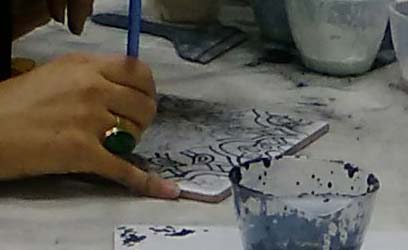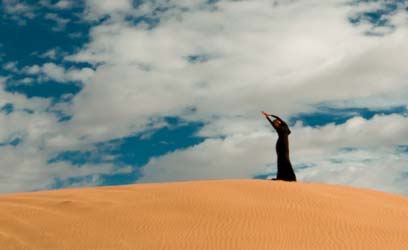New year in Iran: Why and how we celebrate NOWRUZ
2 Comments/in Articles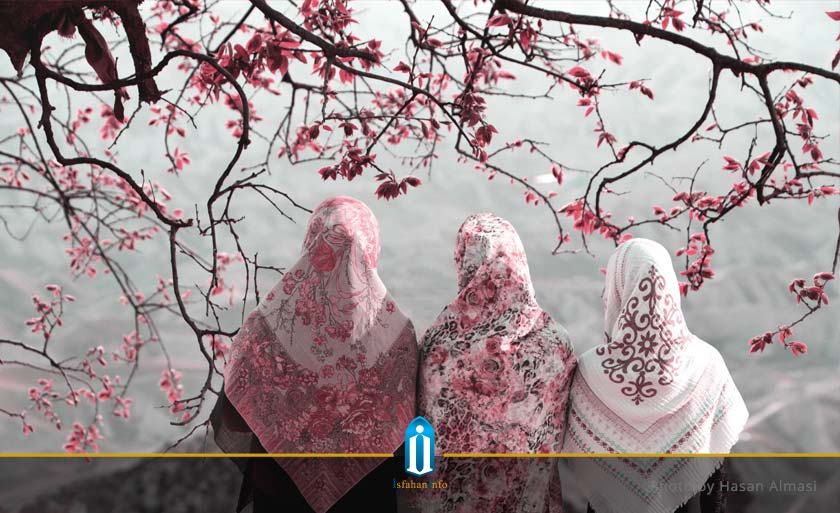
What Is Nowruz?
The Persian New Year is called Nowruz or Eid Norooz. In Iran, the beginning of the year is celebrated when winter changes into spring. Actually, international day of Nowruz is not only celebrated in Iran. It is celebrated in many countries all around the world. It is one of the most ancient traditions in the history.
Nowruz Definition
”Now” is a Persian word for new and ”Ruz” for day which makes Nowruz literary meaning new day. In other words, the first day (Nowruz day) of the new year.
When is Persian New Year?
The exact day, hour and minute that the sun crosses the equator (about march 21) is the moment that family and friends gather around “Haft Seen” to start the new year in the presence of their loved ones.
Nowruz Time and Date: 21 March 2019
Nowruz Message
Persian spring starts with a chance of renewal for everyone. Persians consider Nowruz celebration as a symbol of rebirth.
Everything That Happens Before Nowruz Festival
Khane Tekani
About three weeks before the every Nowruz. The traditional act of Khane Tekani (literally meaning shaking the house) takes place. During spring cleaning Persians clean every corner of the house. As we all know, cleaning the house might not be a big deal. But it is actually for the sake of having a completely fresh start. Iranians start the New Year not only with a clean and reorganized house but also with a clear mindset. Buying new clothes is also a similar act that is done before Nowruz.
Chaharshanbeh Suri
On the last Wednesday of the Iranian new year, to mark the end of the year and hope for a bright new year. Crowds of people sing and dance until the midnight under the lightened streets and squares of Iran to celebrate the Last Wednesday of the year. Did you know that there used to be a tradition like Treat or Trick on Chaharshanbeh Suri?

Nowrooz Traditions
Nowruz table decoration
Nowruz haft seen (seven “s”) is a table with seven significant items set on top of it. Setting this table is one of the main customs of Nowruz.
Here is list of each item with its haft seen meaning:
- For rebirth and renewal: Sabzeh (Some kind of sprout; wheat, barley, mung bean or lentil grown in a dish)
- For beauty, love: Senjed (Dried fruit, a sweet fruit from a lotus tree)
- For health: Sib(Apples)
- For medicine and taking care of oneself: Seer(Garlic)
- For wealth and fertility: Samanu (A sweet pudding)
- For the patience and wisdom that comes with aging: Serkeh (Vinegar)
- For the sunrise of a new day: Sumac (A Persian spice made from crushed sour red berries)
Other Symbolic Items On Nowruz Table
- Persian New Year table, depending on the traditions of each family, could have:
- the holy book of Islam, Qur’an
- a mirror to symbolize the reflection of the recent year
- a bowl of goldfishes as a symbol of new life
- painted eggs to show fertility
- coins for prosperity for the coming year
- special spring flowers called hyacinths
- candles for happiness.
- the Shahnameh, a collection of Persian stories and myths of kings and princes written by Ferdosi
- Hafez’s book of poetry. Hafez is the famous national poet and prose narrator known among Persians.
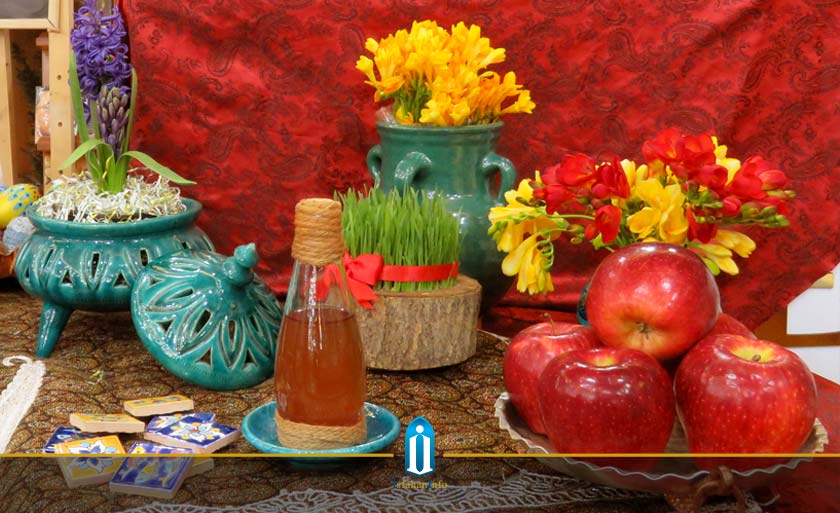
Persian New Year Gifts, Foods and Gatherings
- Nowruz Greetings
One of the main traditions of Nowruz which defines the whole lifestyle of Iranians is the act of Eid didani. Eid didani (visiting relatives) happens mainly throughout holidays. Families invite other families over to their house. They welcome the guests with all kinds of sweets, nuts and seasonal drinks.
- Holiday Gift-Giving
Gift buying and giving is one of the traditions of Nowruz. Beautiful and mindful gifts are exchanged between family and friends.
- Nowruz Food
The first meal served on new year’s day is Sabzi polo Mahi. Sabzi polo, a special Persian New Year food, is a kind of rice mixed with dried vegetables. Mahi is Farsi/Persian for fish which is seasoned and served with the rice. Also, in some regions of Iran Ash is served as a traditional Nowruz food.
A curse on the 13th day of Nowruz
The first five days are the official Nowruz holiday and the 13th of Farvardin (first month on the Persian calendar) is the last day of Nowruz. Iranians celebrate the last day of Nowruz with a family picnic. They pack up a big picnic for a meal in the great outdoors. Today, this day is also called the nature day. Iranian believe that there is a curse that has been put on the 13th day of Nowrooz. It has been said that, the curse can be broken with spending this day out in the nature with family and friends.
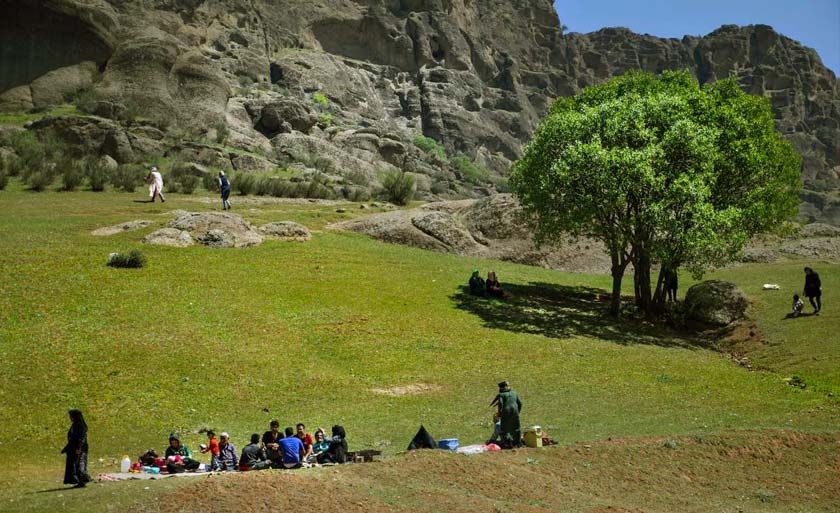
Nowruz Was Recognized by the U.N. in 2009
According to the U.N. Nowruz promotes values of peace and solidarity between generations and within families as well as reconciliation and neighborliness.
Want to Know How to Say Happy New Year in Farsi?
Happy Nowruz in Farsi: Nowruz Mobarak
Also, here are some of the Nowruz wishes in Farsi
Happy Persian New Year/Happy Iranian New Year: Sal-e Now Mobarak
Marnan Bridge
0 Comments/in Attractions, Bridge, Free Isfahan, Nightlife, Sightseeing
Marnan Bridge, also known as Marbin Bridge, is one of the bridges in Isfahan that somehow has similar stone Foundations as Shahrestan Bridge. The piers of the two bridges have many similarities. This bridge is 186 m long and 4.8 m wide. What makes this bridge different from the Shahrestan Bridge is the upper part of the bridge which is made of brick. This part belongs to the 17th century and safavid era. The curves and shapes of the arches are based on safavid style. The bridge was rebuilt by Khaje Sarfaraz who was the Armenian administer after the death of his father.
The special location of Marnan Bridge
This bridge is built on the western side of the city. Marnan Bridge connects the northern side of Zayandehrud River to the Armenian district which is located on the south of Isfahan. This bridge has 17 spans. Scholars have declared that there used to be more spans on this bridge.
Walking along this bridge is always a relaxing experience. The silence that this place offers will provide you with a peaceful feeling. Although, on the other side of the bridge there is a small waterfall that gives this place a vibrant atmosphere.
History of Marnan Bridge
The name Marnan could be derived from the word Mehrbin. There used to be a Mithraism temple named Mehrbin near the area of Marnan Bridge. However, there is no written document of this fact. This bridge was probably constructed after Shahrestan Bridge in Sasanid era. Then, it was renovated with a Safavid style.
Overview
Opening Hours
7/24
Location
Marnan Sq. Sa’eb St. Isfahan, Iran
Contact
(+98) –
Price
Free
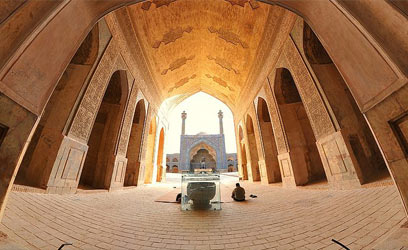
From Jameh Atiq Mosque to Marnaan Bridge
€32.00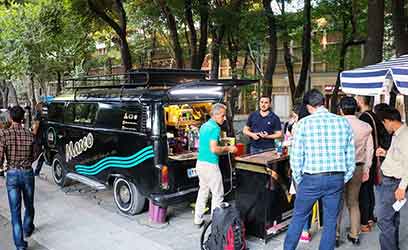
Isfahan Free Walking Tour (Marnan Bridge to Chahar Bagh Abbasi Street)
Visit the historical Marnan Bridge
Visit Saeb Monument
Walk along the streets of Chahar Bagh Abbasi and Abbas Abad in Isfahan
Free
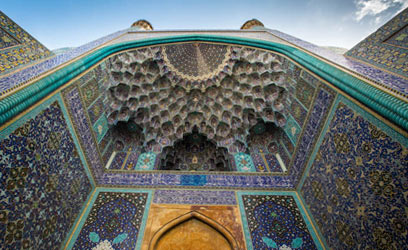
Isfahan in 3 days
€91.00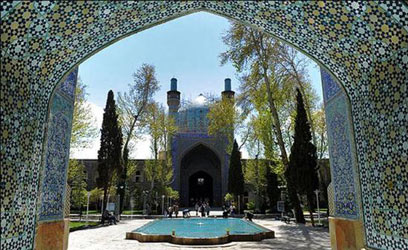
Isfahan in 5 days
€159.00Seyyed Mosque
0 Comments/in Mosque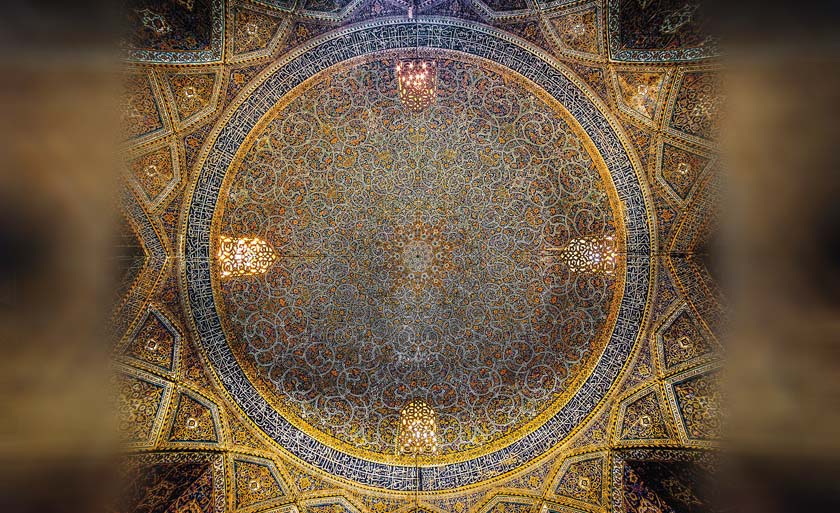
Overview
Opening Hours
From 21 March To 22 September: 9:00 AM – 8:00 PM
From 23 September To 20 March: 9:00 AM – 8:00 PM
Location
Masjed Seyyed St. Isfahan, Iran
Contact
(+98) –
Price
Free
Sarban Minaret
0 Comments/in Minaret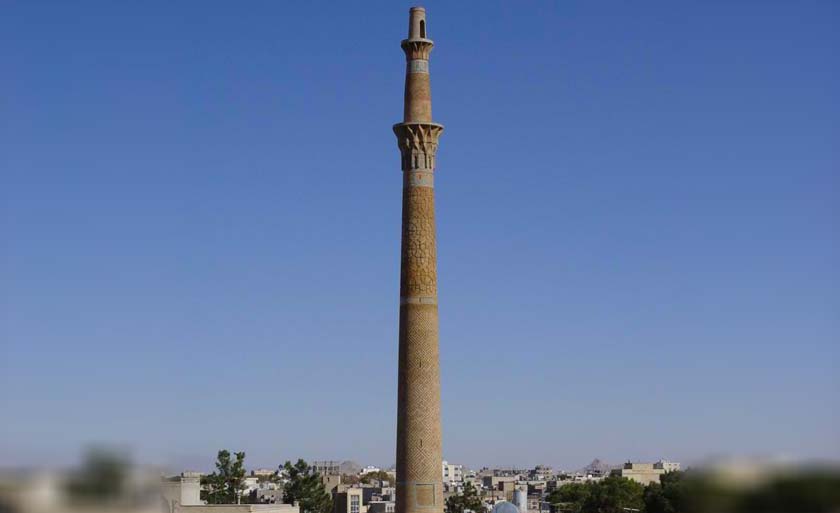
Most people visiting Isfahan focus on 400 years’ heritage site of Naghshe jahan square and other Safavi era monuments, some of them visit Jame mosque a Saljuk period magnificent mosque but dokhtaran and Masjid(mosque) Ali minarets are standing for about 900 years, this part of the city has been the habitat of Jews. Sarban minaret has about 48 meters height and is 900 years old. Minaret acts as a sign to show the city direction to the Caravans(Traveling groups), ( minaret = the place of fire) . the minaret has 7 parts. it,has been made by brick and a small part is covered by tiles. Simple but beautiful brick works on the body of minaret made it more attractive. Although I have never heard any problems with the visitors but as the minaret is located in the old part of the city inside the old quarters which are themselves interesting especially for western tourists I advise the visitors to be in small groups but not alone.
(Source: tripadvisor.com)
Overview
Opening Hours
From 21 March To 22 September: 7/24
From 23 September To 20 March: 7/24
Location
Saheb al-Zaman Alley, Soroush St. Qods Sq. Isfahan, Iran
Contact
(+98) –
Price
Free
Hakim Mosque
0 Comments/in Free Isfahan, Mosque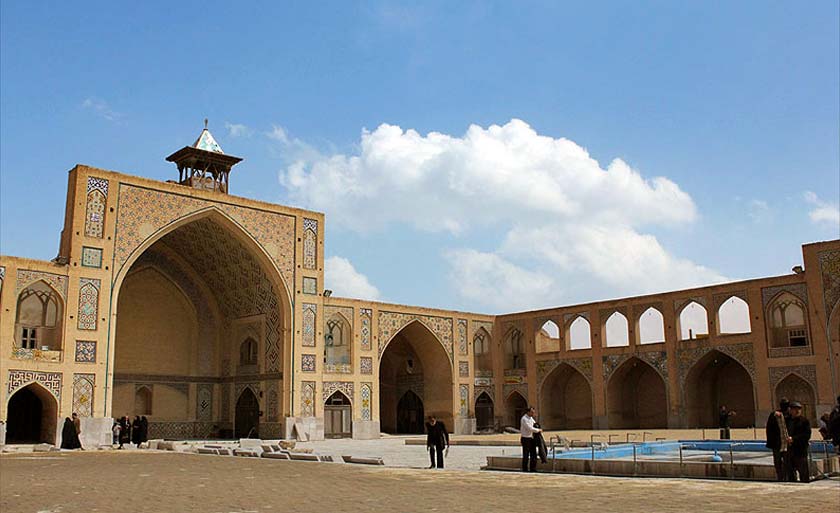
A mosque, named Masjed-e Jorjir was built in the 10th century and it was then ruined. On the site of Jorjir mosque a new mosque was planned and constructed. This mosque was called “Hakim Mosque “and was built in 1656. This mosque was constructed by Hakim Davoud a physician of Shah Abbas the second court. Hakim Davoud was forced to move to India. He spent last years of his life at the court of Jahan Shah in India.
(Source: isfahan.ir)
Overview
Opening Hours
From 21 March To 22 September: 9:00 AM – 8:00 PM
From 23 September To 20 March: 9:00 AM – 8:00 PM
Location
Hakim St. Isfahan, Iran
Contact
(+98) –
Price
Free
Contact Info
About Us:



